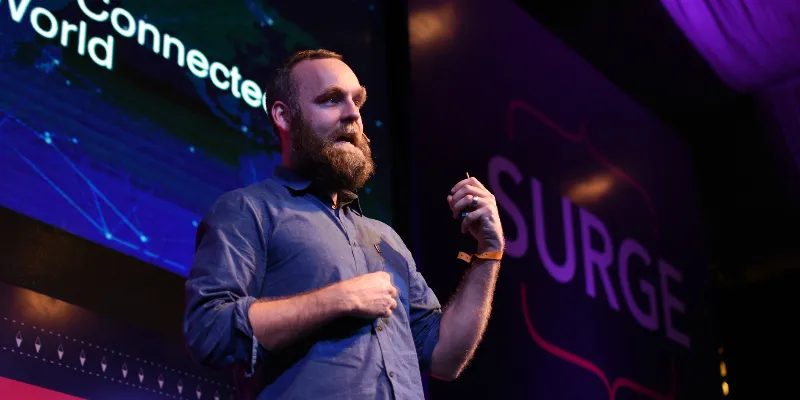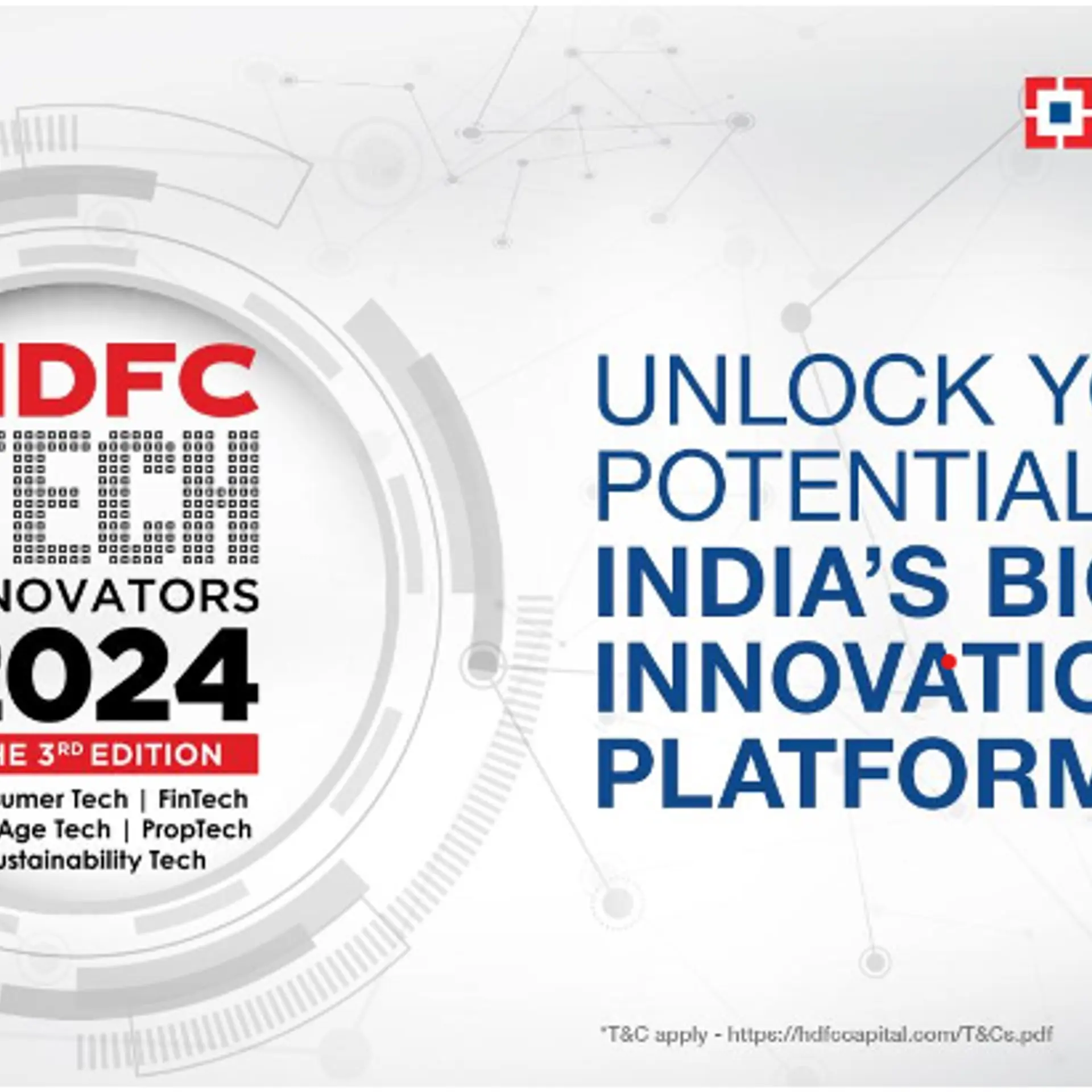How Twitter’s Fabric will help developers cash in and leverage the app economy
Mobile is the Internet,
began Rich Paret, Senior Director, Software Engineering at Twitter, on how smartphones have now become the centre of the Internet universe. He took the audience at Surge through the journey behind Fabric, Twitter’s mobile development platform that helps app developers build more functional mobile apps.

Talking to YourStory, Rich and Ravi Bhaskaran, Head Business Development-India/South Asia, Twitter, explained how Fabric went from zero to 2,25,000 developers by focussing on the needs of app developers. Fabric was started over a year ago to help app developers better scale and monetise their apps and also tap into Twitter’s existing user base and integrations through its modular software development kit (SDK).
Apart from Fabric, Twitter’s portfolio consists of two other products that developers can use to build and grow their businesses:
- Tweet Embeds, which enable developers to bring the worldwide conversation into their apps and sites.
- Gnip, an enterprise platform that helps businesses make better decisions through greater understanding of their customers
Some new and interesting features on Fabric include
Fastlane: A popular screen-grab tool, officially joined the Fabric team in late 2015. The team added some upgrades for Fastlane and other kits recently and now gives users 'Deliver' and 'Scan' tools for their tvOS (Apple TV) apps.
Answers Kit: In January, the Answers team released its analytics tools for OS X to help users keep constant tabs on their OS X apps. The same suite has now been launched for iOS users.
Crashlytics Kit: The team worked on extending the reporting experience to non-fatal errors on iOS. With the latest upgrade, users can log and fix the most prevalent crashes and non-fatals on Apple devices, in real time.
Brand-new integration: With a new Digits and Answers Kits integration, developers will have actionable insights over user conversion funnel and visibility into how many of their customers are using Digits' onboarding flows, in real time.
GameAnalytics and PubNub: Users can install or update GameAnalytics and PubNub kits to help take care of all the grunt work, like provisioning their keys.
Leveraging customer service and social listening
In October 2015, Fabric announced two new APIs (Audience and Engagement) from Gnip that provide access to insights about audiences and content on Twitter. These APIs enabled new enterprise solutions that help businesses make better decisions using the worldwide conversation as it happens on Twitter. And this week, they also announced two new tools to make customer service even better on Twitter, with Public Tweet to DM and customer feedback.
Twitter is a hub of customer service activity. Every day, people connect directly with airlines, mobile carriers, retailers, app developers and others to get help. It is estimated that 80 percent of customer service requests on social media happen on Twitter. Over the last two years, there has been a 2.5X increase in tweets to business customer service accounts.
The team found that out of all their services, Crashlytics was the most popular kit in India, given the rapid release and update cycles. Indian startups and enterprises like Times of India, NDTV, Cricbuzz, Hungama, Zomato, Saavn, Paytm, Mobikwik have been leveraging Fabric in different ways to serve their organisational needs. And multiple media apps have been leveraging native elements (timelines and videos), live and contextual content through Fabric’s Twitter kit.
What Twitter brings to the table
Fabric claims to have a user base of 2,25,000 developers worldwide leveraging one billion devices. With the Twitter Kit, they are able to reach 700 million unique people in apps, of whom 80 percent are on mobile. (Reach on Twitter = 820 million (logged in + logged out), reach in apps (via MoPub) = 700 million unique devices, total audience is over 1 billion people. )
Also today, Fabric announced the launch of a dedicated mobile app for Fabric, labelling it 'your app’s heartbeat in your pocket.' Based on user feedback Fabric found that developers are sometimes not able to get proper updates about bugs or downtimes. So through push notifications via the Fabric app, developers will get updates in real time about stack traces, number of affected users, and breakdown of devices and platforms. Meekal Bajaj, Product Manager at Fabric, explained in the blog post,
That way, even before you pull up your laptop, you know where to look for a bug, who on your team to reach out to and how it could affect your metrics.
Focus on India and future plans
Looking at just Indian companies, Fabric estimates that above 60 percent of Indian startups are focussed on digital solutions, with a large base offering consumer and enterprise apps across categories. India’s diverse demographics have enabled the discovery of hyperlocal delivery apps by young startups, serving the growing needs of consumers. Talking about how Twitter views India, Rich added
Twitter as a company is very invested in India. Bengaluru is among our most important development centres in Asia.
In January 2015, Twitter had acquired Indian ‘missed call’ mobile marketing and analytics startup Zipdial. Now in April 2016, it is hosting one leg of its global developer tour- ‘#HelloWorld’ in Bengaluru. The event will focus on Fabric for mobile development, Gnip for data analysis, and the public Twitter APIs.
Twitter’s long-term vision for Fabric is to make it a great platform for people to run and grow their business because of the scale and simplicity offered. Rich believes in the ‘Fair exchange of value’ with their partners and in the future aims to monetise Fabric through revenue share from their partners' inventory and also other engagement tools.
As we head into a world where mobile apps are increasingly taking centre-stage, Rich believes that app developers should focus more on ensuring their customers have a great on-boarding and first-time experience. This will help them retain, engage and earn revenue from them over the course of their lifecycle.







